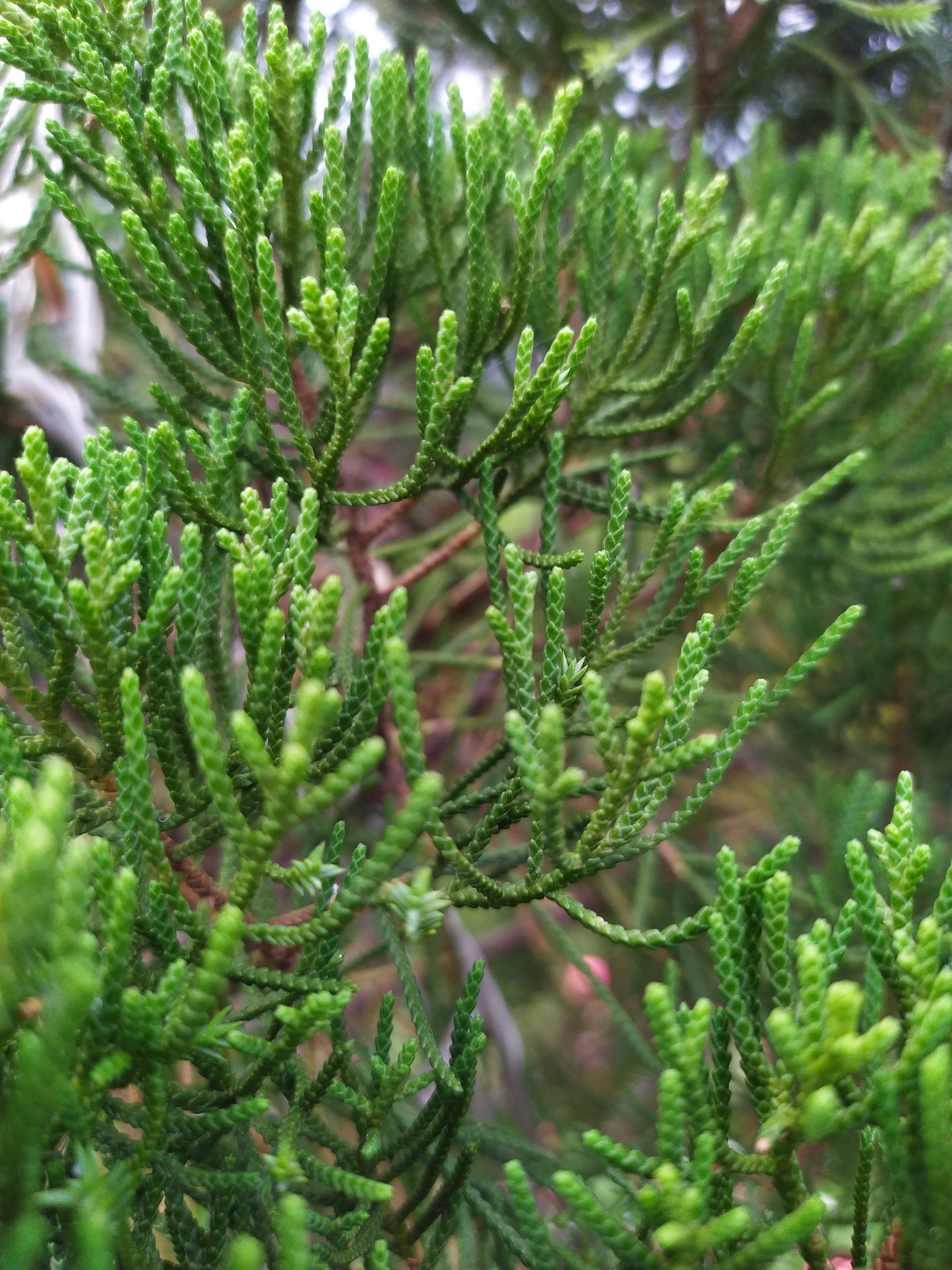New Zealand cedar
(Libocedrus bidwillii)

Description
Libocedrus bidwillii, also called pāhautea, kaikawaka or New Zealand cedar, is a species of Libocedrus, endemic to New Zealand. It is in the cypress family Cupressaceae. It is an evergreen coniferous tree growing to 25 m tall, with a trunk up to 2.5 m diameter. The foliage is arranged in flattened sprays; the leaves are scale-like, 1.5–2 mm long and 1 mm broad, arranged in opposite decussate pairs on the shoots. The seed cones are cylindrical, 8–12 mm long, with four scales each with a prominent curved spine-like bract; they are arranged in two opposite decussate pairs around a small central columella; the outer pair of scales is small and sterile, the inner pair large, bearing two winged seeds. They are mature about six to eight months after pollination. The pollen cones are 2.5–5 mm long. The timber seldom becomes commercially available. It is very light in weight and a distinct light purple when cut. The timber in small dimension sizes is prone to spiral and twist when cut. It is sometimes used for lightweight sailing boat construction. It glues and holds ring nails well.The tree grows in both the North and South Islands; in the North Island, it occurs from Te Aroha southward. It grows at 250–1,200 m altitude in temperate rainforests. It is absent from Stewart Island.
Taxonomic tree:







